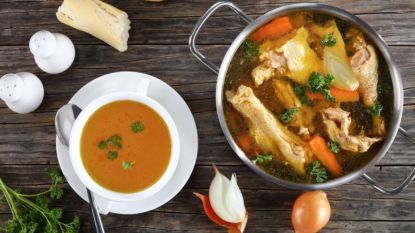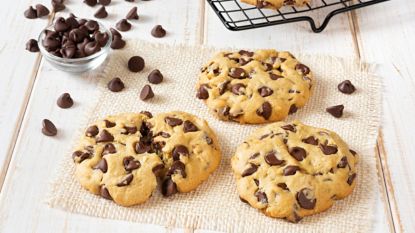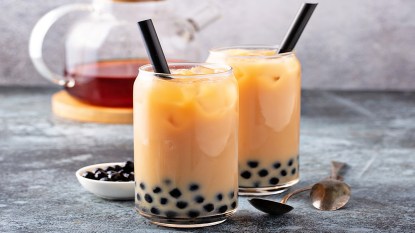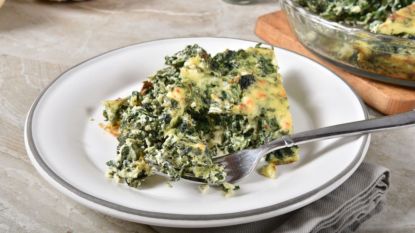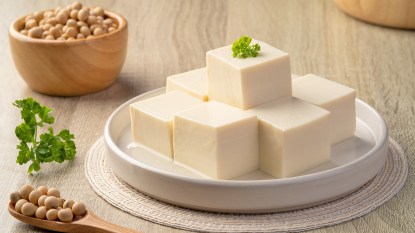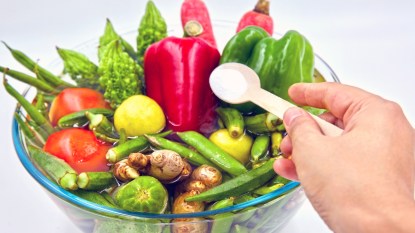How to Tell If Your Snack Is Actually Healthy
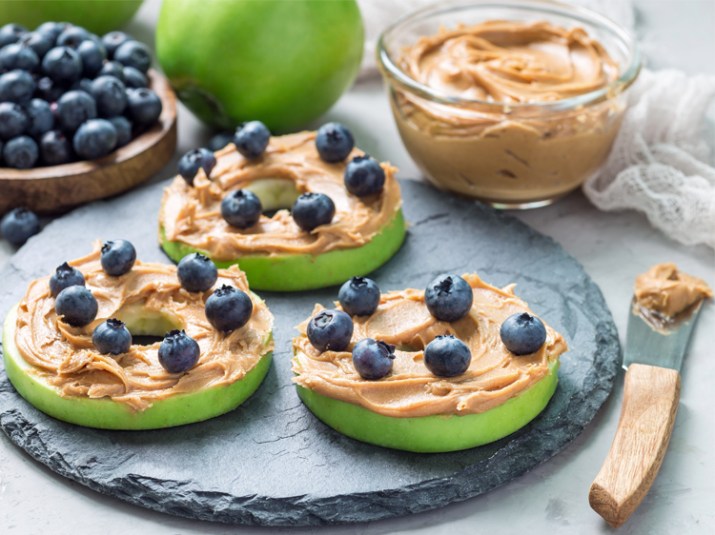
Who doesn’t love snacks? A perfect pick-me-up in the middle of the day, snacks can help satisfy your hunger and hold you over until your next meal — if you snack smartly, that is. It’s understandable to be tempted by savory potato chips or a chewy chocolate chip cookie. But it’s also easy to get tricked into thinking certain snacks are healthy when they’re actually not. Luckily, experts are helping many of us clear up the confusion.
Writing for The Washington Post, registered dietitian Christy Brissette said that the ideal snack should include three nutrients: fiber, protein, and healthy fat. She wrote, “This snacking trifecta keeps you full longer and stabilizes blood sugar levels, helping to keep cravings at bay.” When you think about it, it’s not totally surprising that those three factors would add up to a healthy snack. After all, many of us know by now that protein can help keep us full and that fiber aids in digestion as well as weight loss. Furthermore, healthy fats can help us absorb vitamins and minerals — and some may even help prevent heart disease, according to Harvard Medical School. But knowing that these three nutrients combine to form a healthy snack and actually putting a healthy snack together are two different things.
The Best Healthy Snacks
When it comes to fiber, fruits and vegetables are a couple of your best bets. If you’re craving some starch, opt for whole-grain crackers over white-flour snacks. For a double dose of protein and healthy fat, you can try adding nut butters, yogurt, and healthy cheeses to your snack regimen. The good news is that there is almost an endless variety of options of potential healthy snacks out there — and they don’t have to be boring, bland, or tasteless.
For example, the Mayo Clinic suggests pairing a sliced apple with cashew butter and raisins. Another option is munching on your favorite whole-grain crackers with peanut butter and a sliced banana. You can also get creative and make your own healthy kebabs with a mix of fruits, vegetables, and feta cheese. Some folks even like to use yogurt as a healthier dip for carrots and celery. When you can, it’s a great idea to choose only whole foods over anything packaged or processed for your snacking strategy. Many trail mixes and protein bars are secretly loaded with sugar and artificial ingredients.
In the mood for a seasonal snack this autumn? Don’t worry, you don’t have to sacrifice flavor for your health. For inspiration, you might want to check out our pumpkin and chia seed brittle or our pumpkin and quinoa chocolate bars — yum!
Remember: No matter how healthy your snack is, you never want to go overboard with the munching. Most meal plans only allow for 100 to 300 calories of snacks per day, so it’s important to be mindful of your portion sizes. Talk to your doctor if you’re unsure about your calorie needs or how many calories of snacks you should have each day.
More From FIRST
Are Pickles the Perfect Diet Snack? It Depends on the Meal Plan
The Scandi Sense Diet Can Help You Lose Weight — If You Pick the Right Handfuls of Food
Diabetes Might Begin 20 Years Before Diagnosis, Study Says — Here’s How to Stop It in Its Tracks


